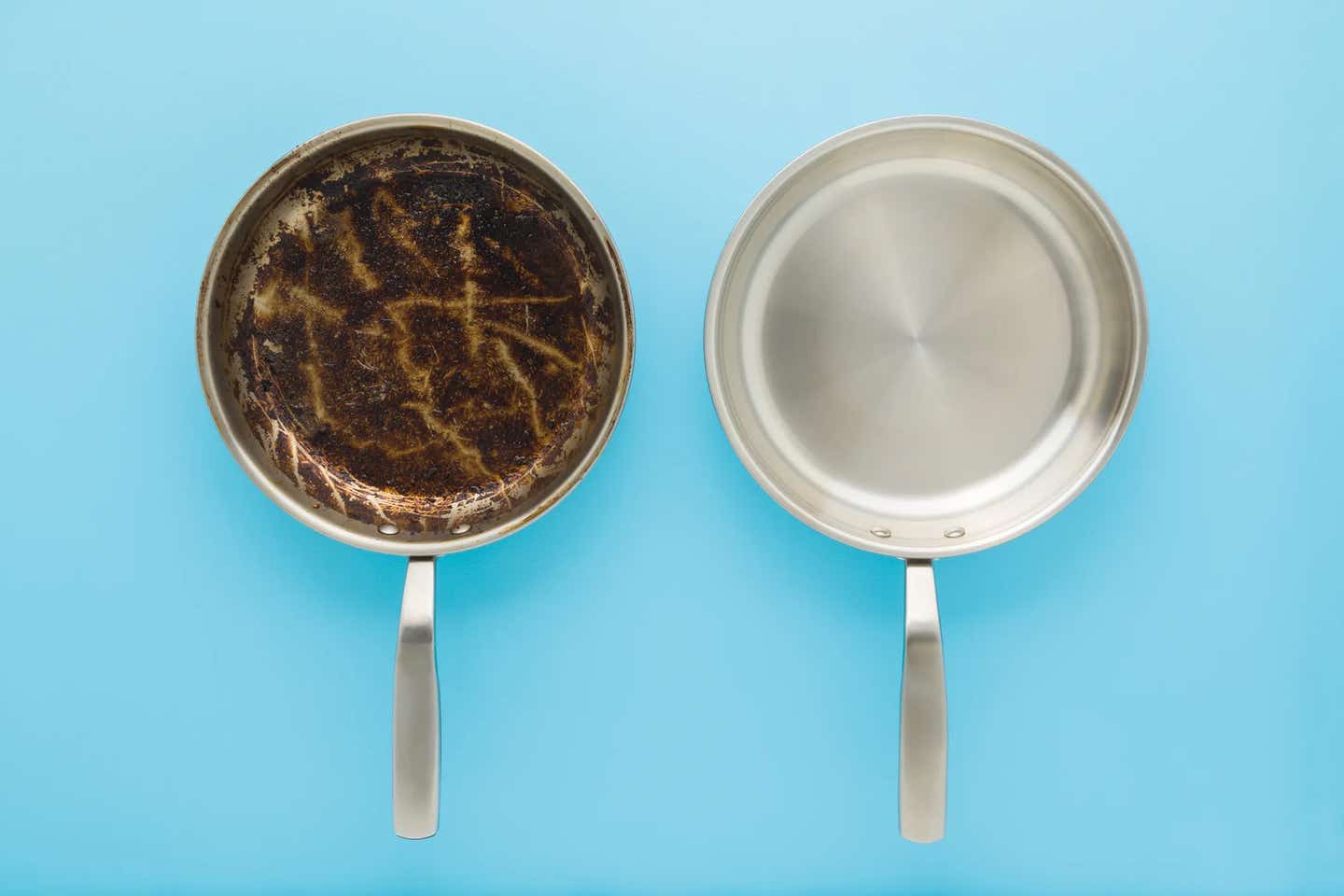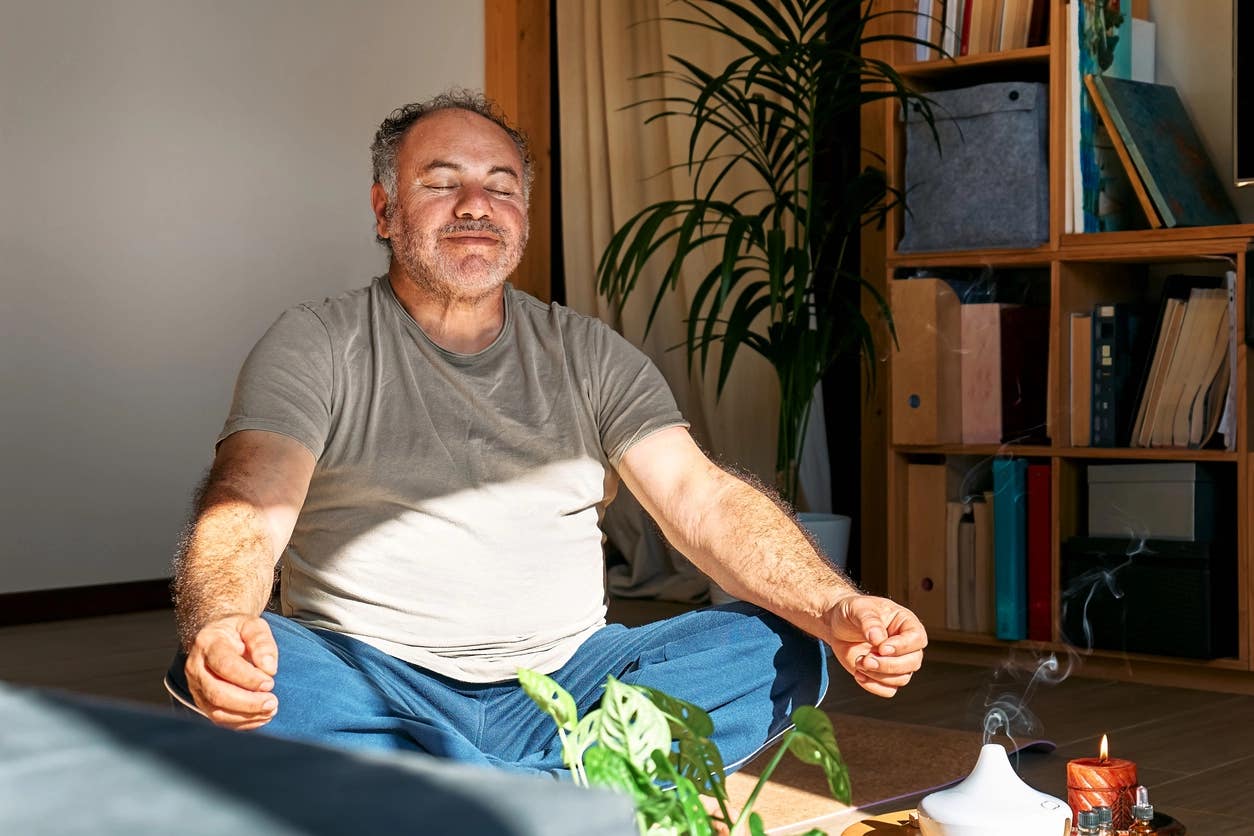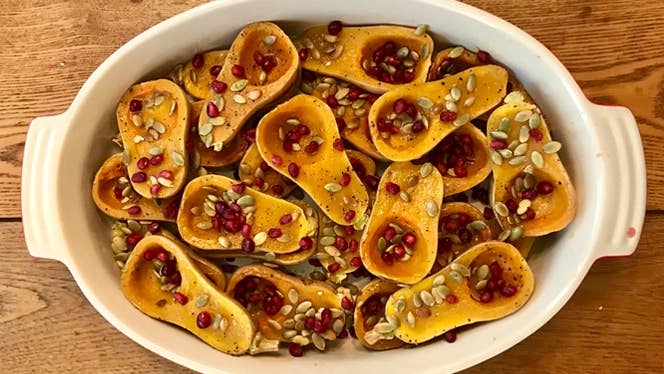You’d probably expect chef Amanda Cohen to flourish an impressive array of knives as she prepares the dishes at Dirt Candy, her award-winning, vegetable-forward restaurant in New York City. But working in a busy restaurant kitchen has actually had the opposite effect.
“I don’t own that many knives anymore. Most of mine have ended up in the restaurant kitchen, so I’ve kind of Marie Kondo-ed my knife collection,” she admits. “The two knives I use most are a tiny little serrated knife and a WÜSTHOF 5-inch Santoku hollow edge knife that works with any vegetable.” (Cohen is a WÜSTHOF ambassador.)
Three other cutlery essentials round out her selections for getting it all done in a plant-based kitchen. Below, she shares her choices and what they do best so you can benefit from her expertise when choosing the right knives for your kitchen.
5-inch Santoku Hollow-Edge Knife
While many chefs gravitate towards longer chef’s knives as their kitchen workhorses, Cohen opts for this smaller model, which better suits her petite frame. “There’s no one-size-fits-all chef’s knife,” Cohen says. “The standard size [of 8 inches] is based on the height of your average male. I’m 5 feet tall and a 5-inch knife gives me more control because it is lighter and easier to use.” The ridges of the hollow-edge blade mean vegetable slices fall away from the knife as they’re cut.
Best for: onions, leeks, broccoli, cauliflower, mincing herbs, cucumber, tofu
3.5-inch Paring Knife
“A small paring knife is great when you need more control or want to make something like a very fine dice look perfect,” says Cohen.
Best for: precise control over smaller produce, such as shallots, garlic, avocados, herbs (chiffonading); making intricate or decorative fruit and vegetable slices
Serrated Paring Knife
“Serrated knives are every chef’s secret best friends: We all use them, even though we pretend we don’t,” Cohen says with a laugh. “For the home cook, they’re not intimidating and they’re especially good for produce that’s tough to cut, like tomatoes and citrus.”
Best for: tomatoes, corn on the cob, and delicate fruits and vegetables that are otherwise easily crushed when cutting.
5-inch Nakiri Hollow-Edge Knife
Naturally, the one specialty knife Cohen uses is for vegetables. This flat-tipped, Japanese-style vegetable knife is designed to slice produce smoothly and evenly using an up and down chopping motion, and can be more comfortable to handle for tasks often allotted to a chef’s knife.
Best for: eggplant; lettuce and leafy greens; pumpkin and winter squash; zucchini and yellow squash; beets; bell peppers; root vegetables and potatoes
8-inch Chef’s Knife
Even if it isn’t Cohen’s go-to cutlery, a chef’s knife is indispensable for large or hard fruits and vegetables that need a sharp tip and a hefty blade to cut through them.
Best for: cabbage, pumpkin, winter squash, melon, watermelon, eggplant, and herbs (chopping)
Related News
Get Our Best Price On The Forks Meal Planner

Forks Meal Planner takes the guess work out of making nutritious meals the whole family will enjoy.
Master Plant-Based Cooking!
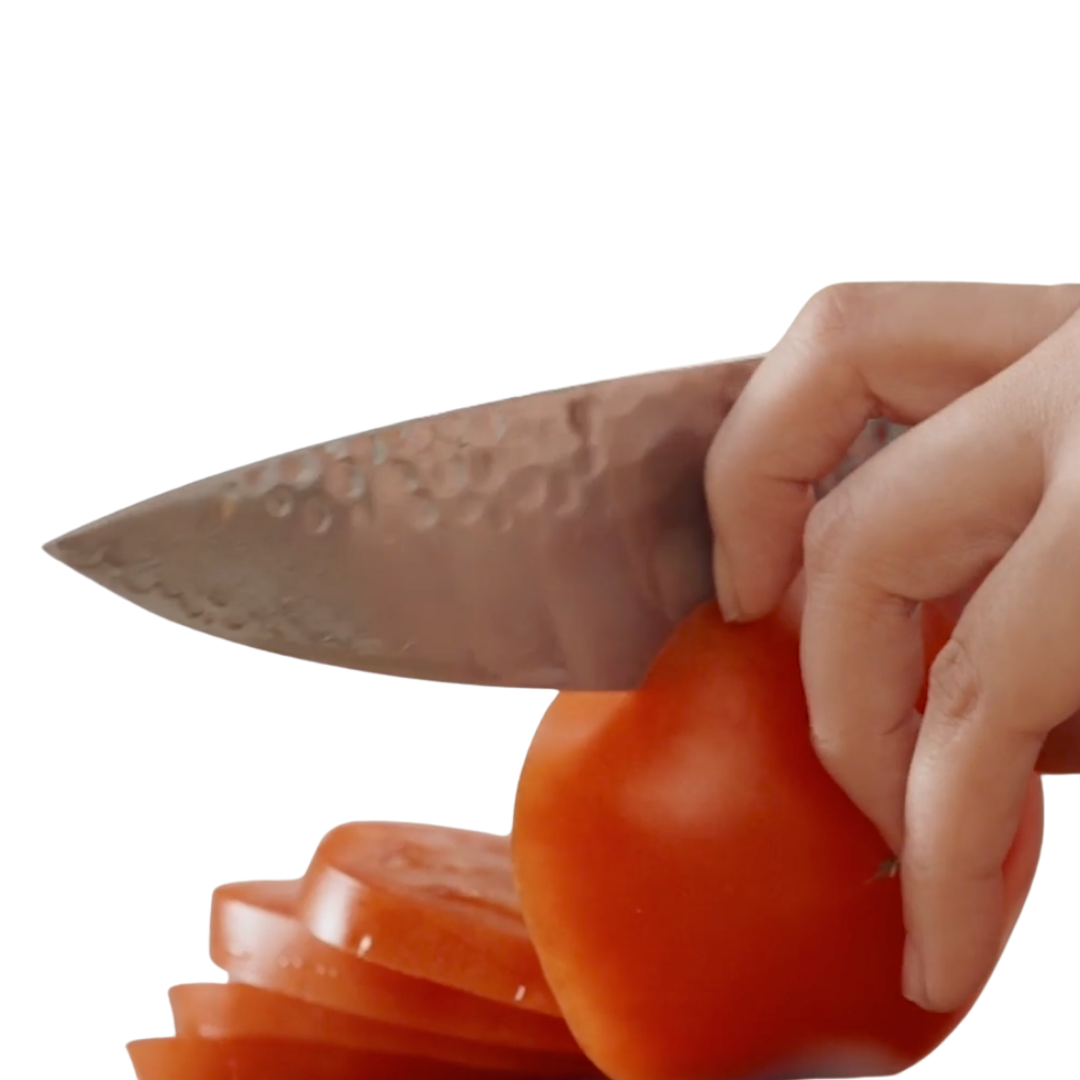
Our new course features over 100 lessons, 50+ recipes, downloadable guides, and more!
New Frozen Meals!
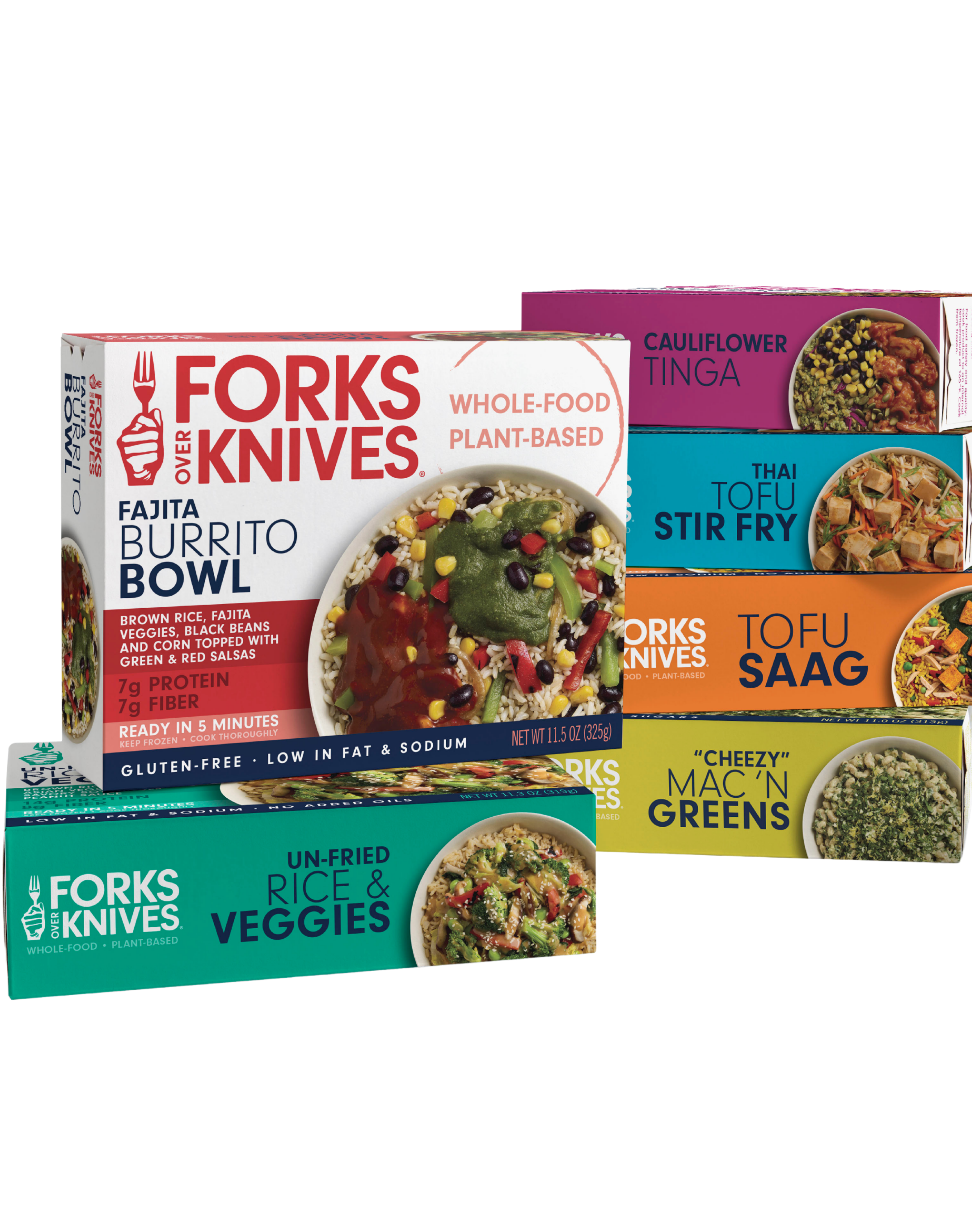
Introducing our new frozen meals: Doctor-recommended, chef-crafted, & ready in minutes.

